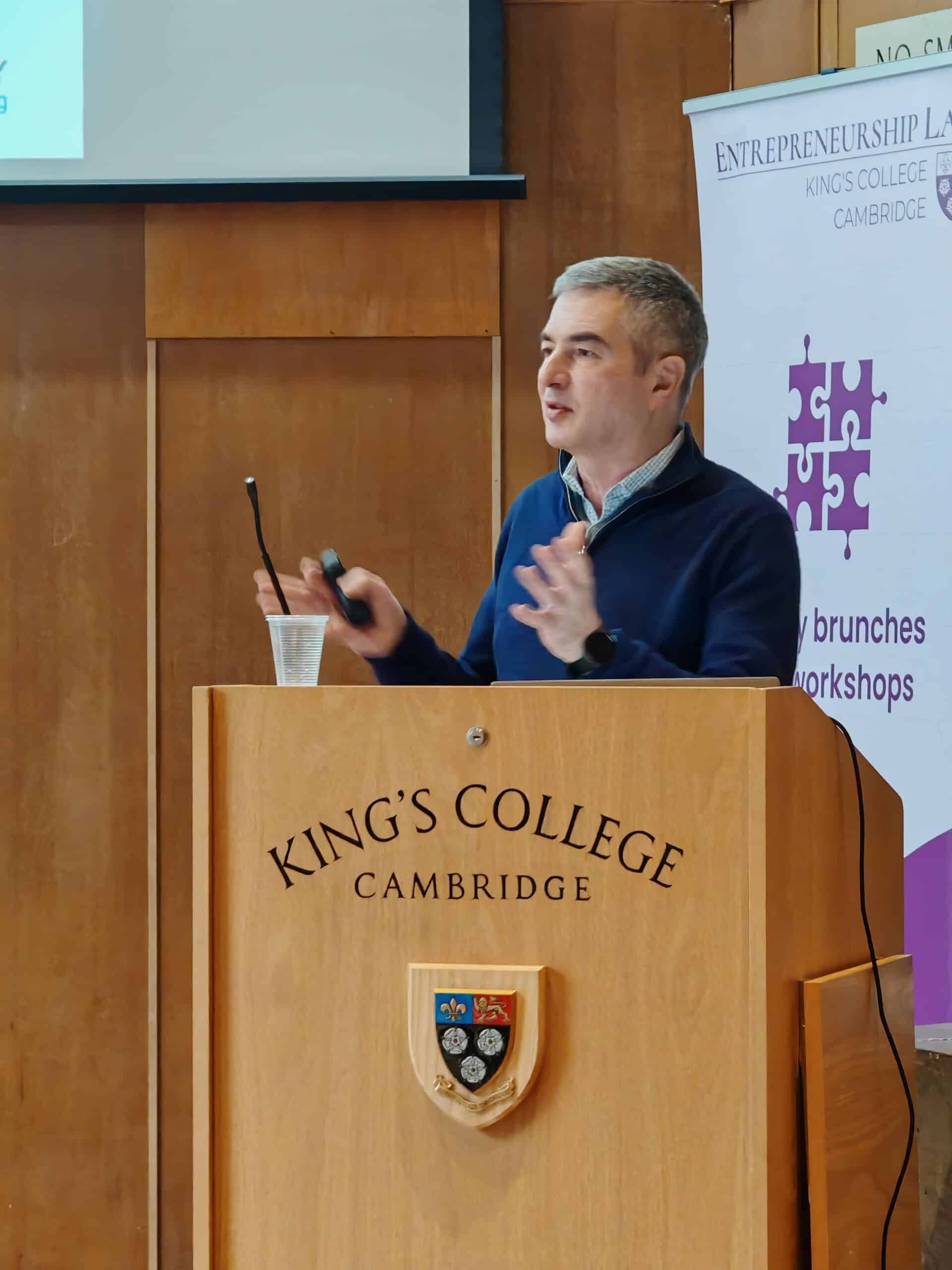“Our life is the sum of our choices.” – Albert Camus
Well, of course it is. The decisions we made got us to where we are now, and there isn’t anywhere else we could be. And while it’s self-evident in the way that 5 o’clock follows on from 4’oclock, it also follows that the quality of the decision making process will also determine the quality of the outcome. Good decisions make the future easier. Bad ones make the future harder. So to create better futures it makes sense to understand a bit more about how the decision making process works. Let’s start with some baseline facts:
We make approximately 35,000 decisions a day and 300 of those decisions alone are related to food.
43% of everyday actions are done repeatedly almost every day in the same context.
The cognitive load of consciously making or thinking through 35,000 decisions per day is impossible and obviously that’s not how we operate. Evolution has taken us to a point where most of those decisions are made subconsciously and that’s a good thing from a processing perspective. Most of our early years are spent in developing rules and short-cuts for how things work so we don’t have to analyse each situation. Our brain is primarily a pattern-seeking survival machine, and habits are how it ensures that we don’t have to think too hard about what to do when familiar situations arise, letting us conserve energy. And while this enables us to get through the day, it raises some crucial questions about the quality of the decision making process. If the outcome is only as good as the process then:
How much of our thinking is conscious and how much is subconscious?
How much of our thinking needs to be conscious?
How good is our conscious thinking?
How good is our subconscious thinking and how much of our subconscious thinking evolved to keep us alive in an environment that no longer exists?
In general, other than luck and randomness, life outcomes are the result of two things:
- The big decisions we have made;
- The habits and mental shortcuts we have established over our lives that drive repeated behaviours
Because we have the capacity for rational thought, we like to think that is how our decisions are made. But we know that’s not possible. In evolutionary terms, the pre-frontal cortex with its capacity for rational and abstract thought is a very recent development; and, in many ways, we are still learning how to use it. Our subconscious processes, which go back much further in time, still drive most of our behaviour.
The drivers of these subconscious behaviours are rooted in processes that evolved to keep us alive. Most of our evolutionary history has been lived in an immediate return environment and staying alive meant staying alive right now. These ancient processes kept us alive through the twin mechanisms of instantly responding to threats or seeking immediate gratification. Making those mechanisms subconscious – i.e. without requiring thought – was critical. But now we live in an environment where the greatest returns are delayed; we go to work today to get paid later; we go to university to get good jobs; we save now for better retirement and more options. Increasingly the payoff of delayed gratification is greater and greater. And delayed gratification requires conscious thinking.
The problem is that most of our habits are linked to the evolutionary urge for instant gratification. Bad habits form easily because they are instant solutions to immediate problems, and the immediate outcome of most bad habits is favourable – we feel better. It’s just that the long term outcomes are often bad. With good habits, it’s usually the reverse – there is no immediate improvement and all the good outcomes are in the future.
We understand how this works in the physical world because we know that training improves performance, and training is simply repeating a set of actions till they become automatic, i.e. a habit. Habits compound over time so good habits improve future outcomes whereas bad habits do the opposite.
However, most habits are not consciously chosen – we tend to stumble into a habit or inherit a habit from parents or the environment. We have a set of problems and we have a set of habits. So, if we see our habits as solutions driven by a subconscious process of instant gratification, what are the odds these habits are the optimal solutions to the problems we face now? What are the chances that these habits will produce the best outcomes in the future?
Our subconscious, reactive behaviour served us well when we lived in an environment of immediate danger. But now our environment requires us to be far more conscious in our decision making. Big decisions don’t come along very often, so it makes sense to focus on our subconscious repeated decisions – habits – and make sure they are creating good outcomes for us.




